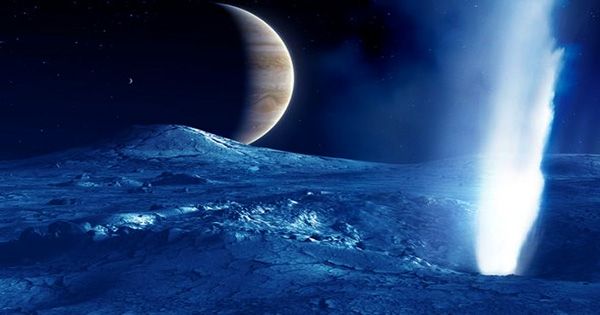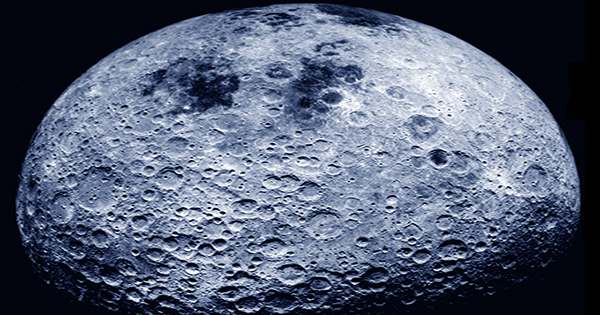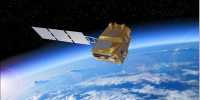On February 18, 2021, the US robotic rover Perseverance successfully arrived on Mars seven months after its launch. The landing was part of the Mars2020 project, and it broadcast live to millions of people across the world, showing a resurgent interest in space travel. China’s Tianwen-1, an interplanetary Mars mission consisting of an orbiter, lander, and rover dubbed Zhourong, launched shortly after. Perseverance and Zhourong were the fifth and sixth planetary rovers to launch in the previous ten years, respectively. Curiosity, an American spacecraft that arrived on Mars in 2012, was the first, followed by China’s three Chang’E missions.
The Chang’E-4 lander and its Yutu-2 rover became the first human objects to arrive on the Moon’s far side — the side facing away from the Earth – in 2019. This was a watershed moment in planetary exploration, on par with the Apollo 8 mission in 1968 when humans saw the far side of the Moon for the first time. We built a method to analyze data from the Yutu-2 rover, which utilized ground-penetrating radar (GPR) to discover layers beneath the Moon’s surface in far higher detail than had ever been done previously. It was also possible to provide information about the planet’s evolution.

The far side of the Moon is significant not just because of its fascinating geological formations, but also because it filters all electromagnetic noise generated by human activity, making it a perfect location for radio telescopes.
Since the early 2000s, orbiter radars have been utilized for planetary science, but the latest Chinese and US rover missions have been the first to deploy ground-penetrating radar on the ground.
This groundbreaking radar will now be included in the scientific payload of future planetary missions, where it will use to scan the subsurface of landing locations and throw light on what is going on under the surface. GPR can also recover considerable information about the types of planetary soils and their subsurface layers. This data may utilize to learn about a region’s geological development and possibly analyze its structural stability in the future for planetary bases and research stations.
Perseverance and Tianwen-1 are presently in operation, with the first GPR photos from Mars due in 2022. However, the Chang’E-3, E-4, and E-5 lunar missions provided the first planetary on-site GPR data, which was utilized to analyze the structure of surface layers on the far side of the Moon and give vital information on the geological development of the area.
Despite its advantages, GPR has one fundamental flaw: it cannot identify layers with smooth borders between them. This implies that subtle changes from one layer to the next to go unnoticed, providing the mistaken appearance that the subsurface is a homogeneous block when it is, in reality, a considerably more complicated structure with a varied geological past.
Using the radar fingerprints of concealed rocks and boulders, our team devised a new way for detecting these strata. Chang’E-4’s Yutu-2 rover, which landed in the Von Kármán crater, part of the Aitken Basin at the Moon’s the South Pole, employed the newly created instrument to interpret GPR data.
The Aitken basin is the largest and oldest known crater on the Moon, thought to have formed by a meteoroid impact that pierced the Moon’s crust and raised elements from the upper mantle (the interior layer just below it). Our detection technology discovered a previously undiscovered stratified structure in the first 10 meters of the lunar surface, previously thought to be one homogeneous block. We can create precise estimates of the depth of the top surface of lunar soil using our approach, which is critical for determining the stability and strength of the soil foundation for establishing lunar bases and research stations.
This newly revealed layered structure also shows that tiny craters are more important than previously thought and that they may have contributed far more to the materials deposited by meteorite hits – and the general history of lunar craters – than previously thought. This means we will have a better grasp of our satellite’s complicated geological past, and we will be able to forecast what lies under its surface with more accuracy.















